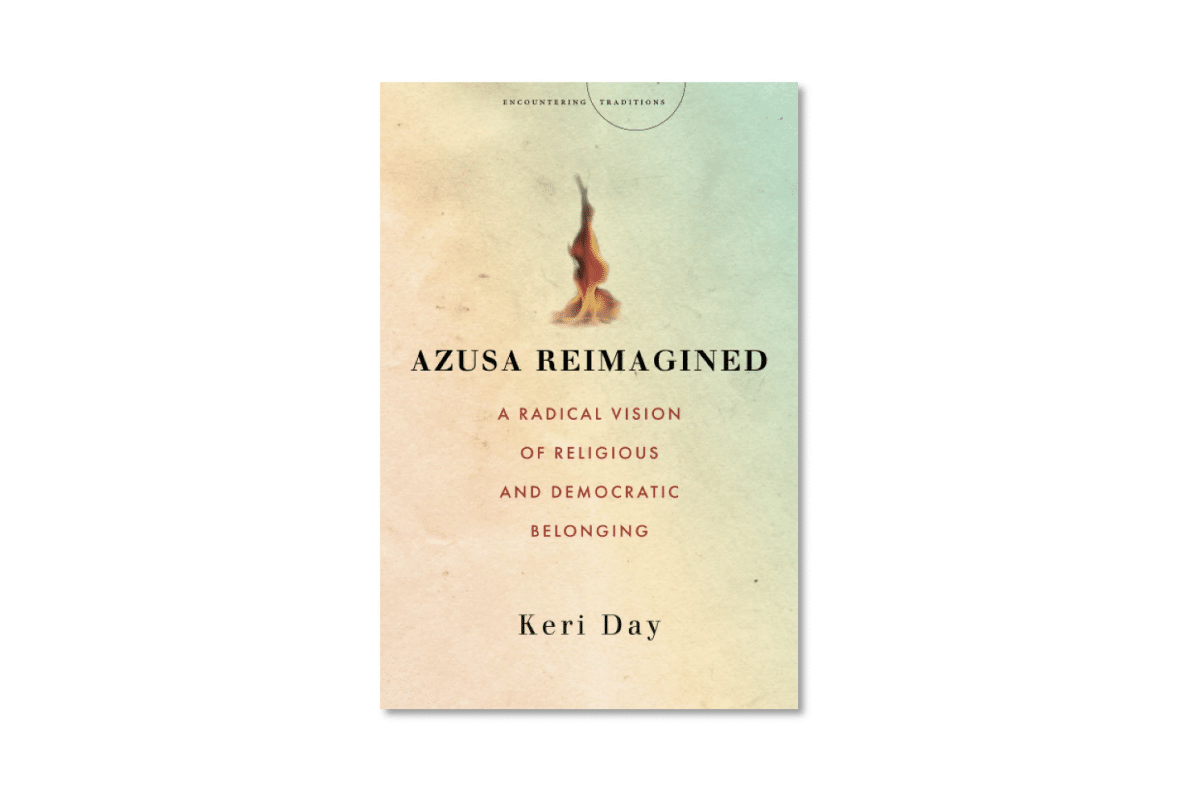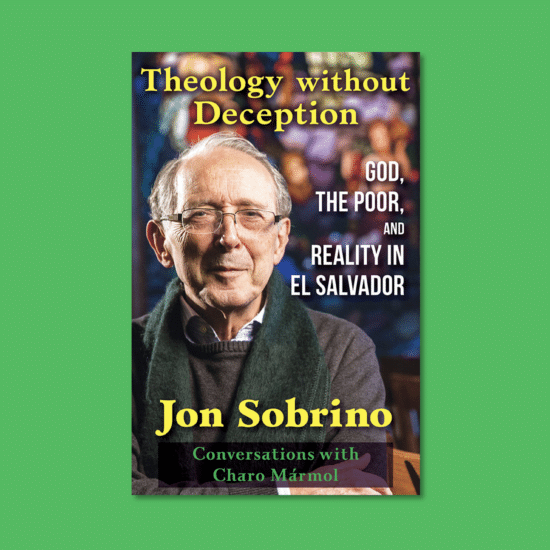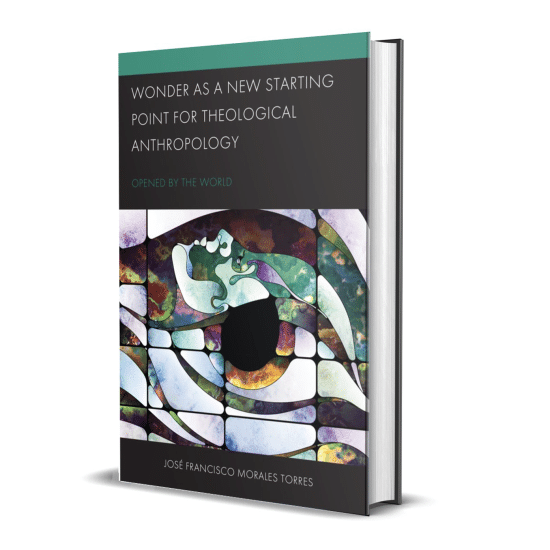

AZUSA REIMAGINED: A Radical Vision of Religious and Democratic Belonging. (Encountering Traditions). By Keri Day. Stanford, CA: Stanford University Press, 2022. X + 218 pages.
When did the Pentecostal Movement actually begin? That is a question many have asked through the years. Was it the night of January 1, 1901, when Agnes Ozman first spoke in tongues during a watch night service at Charles Parham’s Bethel Bible School in Topeka, Kansas? Or was it the Azusa Revival that broke out in Los Angeles in 1906 under the leadership of William Seymour? The question revolves around whether speaking in tongues as initial evidence is the foundation piece of Pentecostalism, or whether a revival that birthed missionary movements, new denominations, and more, is the beginning point. Mixed into all of this is the question of race. Charles Parham was a white holiness preacher, while William Seymour, a former associate of Parham’s, was Black.

Robert D. Cornwall
The racial-ethnic piece is important to the conversation, as Azusa Street was marked both by its Black leadership and its roots in Black religious life. These roots include spiritual practices that emerged during slavery, and which proved offensive to many, including Parham. There are political and cultural issues at work here. Parham’s negative responses to Azusa were rooted in his own racism, as was true of other white holiness preachers (not to mention the larger white Christian community).
Having experienced the Pentecostal movement during my late adolescence and early adulthood through my involvement with two congregations affiliated with the International Church of the Foursquare Gospel, I have long been interested in the history of the Pentecostal movement. I have been especially interested in the story of Foursquare founder Aimee Semple McPherson. In addition, one of my seminary professors, Mel Robeck, is one of the preeminent scholars of the Azusa Street Revival. What has fascinated me about the Azusa Street Revival is its racial/ethnic/gender diversity. I have always grieved over the fact that within a short period the diversity of Azusa Street gave way within Pentecostalism to largely segregated denominations. Where the movement of the Holy Spirit seemed to be drawing people together and empowering those who had been on the margins (women and people of color), before too long that all ended as Pentecostalism acclimated itself to the larger fundamentalist/evangelical world. Nevertheless, Azusa’s witness remains, if only we pay attention to it.
Fortunately, greater attention has been given to Azusa Street, especially since the centennial observances in 2006. This attention is part of a larger interest in Pentecostalism and the charismatic movement, as these movements explode across the globe. Pentecostalism is now the fastest growing segment of the Christian movement, especially outside the USA and Europe, and so it can no longer be ignored. But there is still much to learn. With that in mind, we turn to Keri Day’s book Azusa Reimagined: A Radical Vision of Religious and Democratic Belonging. Day dives deep underneath the revival, looking not to its theology and the role of speaking in tongues, but to the social-political-cultural dynamics that gave birth to the revival. She is especially interested in the role that race and gender play in the rise of the revival and how it was received. She sees Azusa not only as a religious revival, but as an expression of a Black religious/social dynamic that reflects both the social location of the participants at the moment of the revival, and going back to slavery.
The author of this study, Keri Day, is Associate Professor of Constructive Theology and African American Religion at Princeton Theological Seminary. She is the author of several previous books, including Notes of a Native Daughter (Eerdmans), which I previously reviewed here. Day is by background Pentecostal, so this is a deep dive into her own tradition.
Central to Day’s thesis is her belief that “Azusa’s religious life embodied a critique of America’s racial-capitalist order” (p. 3). It was, in her view, a subversive movement that rejected American racial capitalism, and empowered a political order that stood outside the white-dominated system, one that excluded them from participation. I find it interesting that Day’s book comes out at a time when we are witnessing a white backlash against antiracism training along with a focus on diversity in schools and businesses. In other words, the message that Day seeks to bring forth here is the same one that is being resisted in the United States, especially by white evangelicals. If you are uncomfortable with facing the prospect that the history of the United States, as well as the current system, is marred by racism, then the message embedded in this book will be uncomfortable. However, if we’re to understand the Azusa Street Revival, we must understand the racial/gender/ethnic margins that gave birth to the revival.
Day begins her study by contrasting Azusa Street with the World’s Fairs held in Philadelphia and Chicago at the end of the 19th century. She suggests and offers evidence that these fairs were designed to emphasize American and European superiority over other non-white cultures. She points out that at both fairs, the image of Pentecost was used to define the message of the fairs. The image of Pentecost here reflected a white nationalist industrial capitalism. With that as the backdrop, Day can set up Azusa as a movement that contested these “orthodoxies.” Central to this was Black religiosity, which is rooted in slave religious practices that were deemed demonic by white observers.
One of the most significant elements in the story is the ethnic and gender diversity of the leadership at Azusa Street. This is especially true of the revival’s Black leadership. The leadership of William Seymour is relativity well-known, but he wasn’t alone. Day emphasizes the role Black women domestic workers played in the revival. She speaks in chapter 3 of “Black Female Genius,” noting that Black women had long served as domestic workers in North America. This begins with house slaves and continues to expand as time marched on so that as late as 1960, ninety percent of domestic workers in the south were Black. Though they filled this economic role, we learn here that they provided the backbone of the leadership of the revival. She writes that “the leadership of Black women domestics also directly challenged the plantation patriarchy that shaped and guided Black churches and Black communities more broadly.” (p. 83). Even within the revival, there was pushback, especially from husbands who were disappointed that their wives were busy preaching rather than doing laundry. That led even Seymour, who had welcomed women into leadership, to try and limit the degree to which women were playing a leading role in the revival. Therefore, while Seymour sought to support gender equality in the leadership of the revival, he ended up getting caught up in the resistance. This aspect of the revival is explored in chapter three, which is a fascinating chapter that is worth a close read.
That chapter is followed by one that speaks of the “erotic life of racism. She addresses the racist sensibilities that were then expressed about Black religious experience, which was described as erotic and inappropriate. One of the criticisms leveled at the participants in the worship at the revival was that men and women of different races were dancing in the Spirit. There was a certain intimacy in the worship that was deemed inappropriate by critics. Thus, Day addresses that critique of the revival and the racist origins of the critique. She concludes that “Azusa embodied an erotic generosity because this community knew that gifting oneself to the other constitutes the most powerful expression of communion, connection, and belonging at the deepest levels of ourselves” (p. 126).
While the participants were charged with being sexually provocative, they were also charged with being lawless. Day engages this critique, that the participants were lawless, by turning it on its head and critiquing American democracy. She points out that the police were often called on to close down the revival by the Los Angeles Ministerial Association for disturbing the peace. Azusa becomes not only a religious revival, but also a critique of a racist political system that does not include but suppresses people of color and women, many of whom were not at the time allowed to participate in a political system that was geared to white men of property. Thus, the revival transgressed political boundaries. Within this conversation, she addresses both the apocalyptic and the premillennialism present in the revival. She points out that the apocalyptic/premillennialist theology was anything but quiescent. Yes, they believed that the second coming was close at hand, but they were also concerned about current situations and creating an alternative to that reality. I should note that when she speaks here of the apocalypticism of the movement, she brings the work of the late German biblical scholar/theologian Ernst Käsemann into the conversation about apocalypticism since Käsemann emphasizes the political implications of apocalyptic movements that resist oppressive political systems.
Day closes Azusa Reimagined with a discussion of Azusa’s vision of a democracy that is still to come. While much of Pentecostalism today has embraced the prosperity gospel and Christian nationalism, that was not true of Azusa. While the revival gave birth to a longing for a better world, that vision led to the creation of a subversive movement of the margins, especially among persons of color. With the important role played by Black leadership, especially the Black women domestic workers, along with the borrowing from spiritual practices born within slavery, it’s understandable that a person like Charles Parham, who had racist tendencies, would reject the movement. It’s also understandable that some in the larger Black church movement, which at the time sought to assimilate, would find it problematic. In the end, the question remains: What makes Pentecostalism Pentecostal? Is it Topeka or Azusa Street? Parham or Seymour and the Black women domestic workers? Day makes a compelling case for the latter. She does so by exploring the socio-cultural dimensions of the revival, which offered a strong rebuttal to oppressive tendencies present in the larger church and larger culture.
Keri Day’s Azusa Reimagined is an academic study, so it is not an easy read. Additionally, those looking for a theological analysis might find some of that here but that is not the focus. Instead, Day brings into the discussion a socio-cultural analysis that brings to the fore crucial elements of the revival and its influence on later developments. It is a challenging work, but if, as I believe, Azusa Street is one of the most important religious developments in American history, we need to engage with the entire story, and Day offers valuable information to help better understand this movement that began in Los Angeles in 1906. By better understanding the movement, we might be able to embrace its critique of American religion and culture.
This review originally appeared on BobCornwall.com.
Robert D. Cornwall is an ordained minister in the Christian Church (Disciples of Christ). Now retired from his ministry at Central Woodward Christian Church (Disciples of Christ) of Troy, Michigan, he serves as Minister-at-Large in Troy. He holds a Ph.D. in Historical Theology from Fuller Theological Seminary and is the author of numerous books including his latest books: Called to Bless: Finding Hope by Reclaiming Our Spiritual Roots (Cascade Books, 2021) and Unfettered Spirit: Spiritual Gifts for the New Great Awakening, 2nd Edition, (Energion Publications, 2021). His blog Ponderings on a Faith Journey can be found at www.bobcornwall.com.






